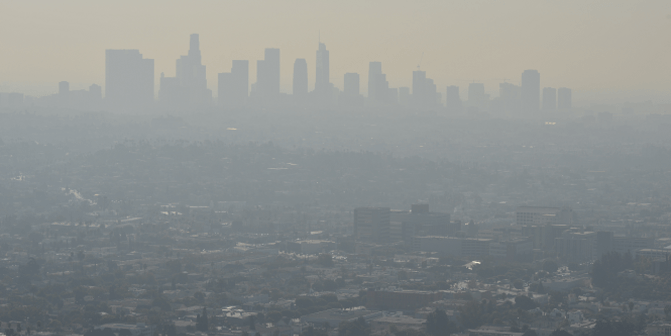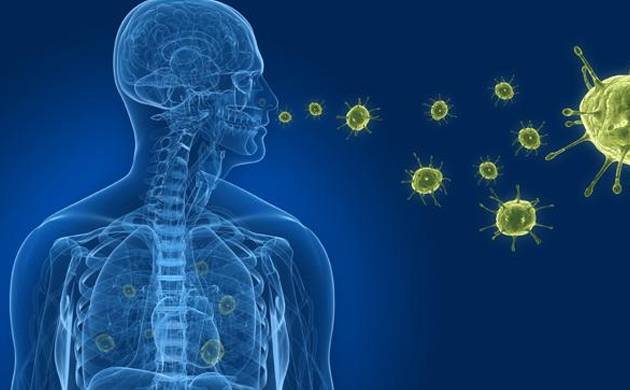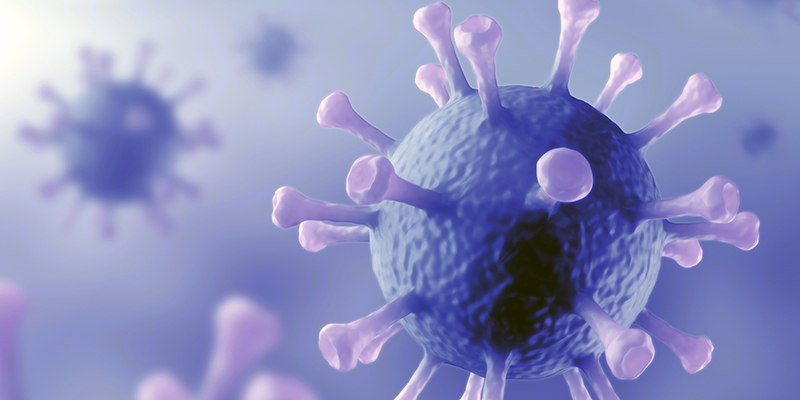Every day we are exposed to hundreds of toxic chemicals such as solvents, petrochemicals, toxic metals, pesticides and more. PESTICIDES / HERBICIDES Approximately 3 billion kilograms of pesticides, herbicides and fungicides are applied each year in the world[1], with usage doubling every 10 years. Less than 1% of these toxins applied ever find their way to the target pest. The rest goes into our food, water, air and soil. While organic food is better, it still as up to 50% the pesticide residue found on commercial food. Pesticides are carcinogens, mutagens and neurotoxins and can damage the immune system and the endocrine system. CAR EXHAUST CIGARETTE SMOKE There are nearly 1.2 Billion vehicles on world's roads now, 2 Billion by 2035 vehicles on the world’s roads poisoning our atmosphere. In some cities like Los Angeles and Mexico City, daily ‘smog’ reports are given in the newspapers and radio stations letting people know how safe it is to go outside and breathe the air. Comparing photographs of the atmosphere over the last 20 years, meteorologists have been able to document a significant toxic darkening of our skies. A thick cloud of poisonous air has settled over the planet, and while it is worse in some areas than others, the atmospheric changes are evident from pole to pole. Add to this the fact that some of us breathe smoke directly into our lungs with cigarettes, and the problem is only compounded. INDOOR AIR POLLUTION Indoor air quality describes how inside air can affect a person's health, comfort, and ability to work. It can include but not limited to temperature, humidity, mold, bacteria, poor ventilation, or exposure to other chemicals. Indoor air pollution has received little attention in the past compared with air pollution in the outdoor environment. It has now become a matter of increasing public concern, prompted partly by the emergence of new indoor air pollutants, by the isolation of the indoor environment from the natural outdoor environment in well-sealed office buildings, and by the investigation of so-called Sick Building Syndrome. Poor indoor air quality can lead to discomfort, ill health, and, in the workplace, absenteeism and lower productivity. Good indoor air quality safeguards the health of the building occupants and contributes to their comfort and well-being. [4] Well-established, serious health impacts resulting from poor IAQ include Legionnaires’ Disease, lung cancer from radon exposure, and carbon monoxide (CO) poisoning. There are many sources of indoor air pollutants and among the common ones are environmental tobacco smoke (ETS) emitted due to burning of tobacco products; various chemical substances such as formaldehyde emitted from furnishings; volatile organic compounds emitted from the use and application of solvents; and ozone emitted from photocopiers and laser printers. More widespread health impacts include increase allergy and asthma from exposure to indoor pollutants (particularly those associated with building dampness and mold), colds and others infectious disease that are transmitted through the air, and “sick building syndrome” symptoms due to elevated indoor pollutant levels well as other indoor environmental conditions. These more widespread impacts have the potential to affects large numbers of building occupant and are associated with significant cost due to health-care expenses, sick leave and lost productivity. Reference 1. https://www.worldatlas.com/articles/top-pesticide-consuming-countries-of-the-world.html 2. https://edition.cnn.com/2019/03/04/health/most-polluted-cities-india-china-intl/index.html 3. https://www.greencarreports.com/news/1093560_1-2-billion-vehicles-on-worlds-roads-now-2-billion-by-2035-report 4. http://www.dosh.gov.my/index.php/en/chemical-management/indoor-air-quality







